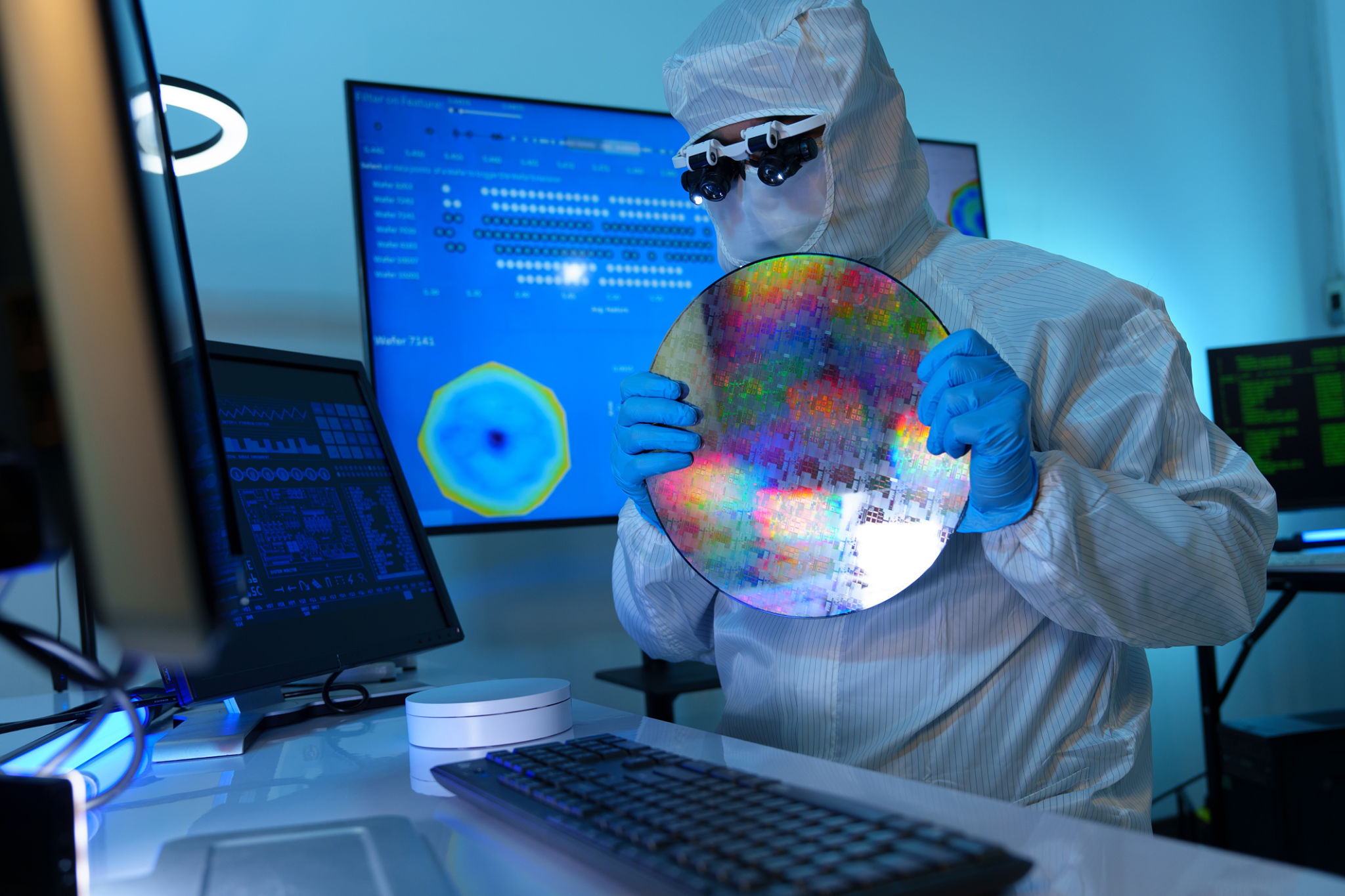Cutting-Edge Biologics Development Solutions: How Clean-Room Facilities Enhance R&D
The Role of Clean-Room Facilities in Biologics Development
In the rapidly advancing field of biologics, maintaining a sterile environment is crucial for successful research and development. Clean-room facilities play a pivotal role in ensuring that biologics are developed under optimal conditions. These controlled environments are designed to minimize contamination, thus enhancing the reliability and efficacy of R&D processes.
Clean-room facilities are engineered to meet specific cleanliness standards, which are vital for biologics manufacturing. The stringent control of particulate contamination, coupled with regulated temperature and humidity levels, ensures the integrity of sensitive biological materials. This precision not only improves the quality of the end product but also accelerates the development timeline.

Key Features of Clean-Room Facilities
Advanced Filtration Systems
One of the core components of clean-room facilities is their advanced filtration systems. High-efficiency particulate air (HEPA) filters are commonly used to trap particles as small as 0.3 microns, ensuring a contaminant-free environment. This is crucial for biologics, where even the smallest impurity can compromise the entire batch.
Strict Environmental Controls
Environmental controls in clean-room facilities regulate not only air purity but also temperature and humidity levels. These factors are meticulously monitored and adjusted to ensure they remain within specified limits. Such precision is essential for maintaining the stability and activity of biological samples.

Benefits of Using Clean-Room Facilities in R&D
Enhanced Product Quality
By leveraging clean-room environments, companies can significantly enhance the quality of their biologic products. The controlled settings reduce the risk of contamination, resulting in higher purity levels for active ingredients. This leads to more effective and reliable final products.
Accelerated Development Timelines
Clean-room facilities contribute to faster R&D cycles by providing a stable environment where experiments can be conducted with fewer interruptions due to contamination issues. This efficiency allows for rapid iteration and testing, ultimately speeding up the path from concept to market.

Implementing Clean-Room Best Practices
To maximize the benefits offered by clean-room facilities, companies should adhere to best practices in their operations. These include regular maintenance schedules for equipment, comprehensive staff training programs, and strict adherence to cleanliness protocols.
- Regular equipment maintenance to prevent malfunctions
- Comprehensive training programs for staff
- Strict adherence to cleanliness protocols
By implementing these best practices, organizations can ensure that their clean-room facilities operate efficiently and effectively, supporting the successful development of groundbreaking biologic solutions.
The Future of Biologics Development
As the demand for innovative biologics continues to grow, the importance of clean-room facilities in R&D cannot be overstated. These environments are essential for maintaining the integrity of advanced therapeutics and ensuring they meet stringent regulatory standards.
Looking ahead, advancements in clean-room technology will likely continue to evolve, offering even greater control and efficiency in biologics development. As these facilities become more sophisticated, they will play an increasingly critical role in bringing cutting-edge biologic solutions to market.
